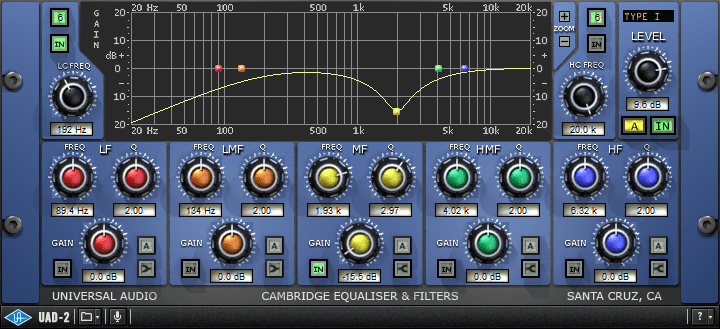Elac Debut 2.0 B6.2. Found them used with stands for €210 shipped. I have no idea if they sound better or worse than same-priced speakers. All I know is that I think I have to go through all my music collection as I think I only listened to half of what is in the CDs with my older speakers or headphones

(looking for good headphones now...)
Interesting choice. The front porting probably means it can go a bit closer to the front wall, which could also potentially enhance the bass a bit. You may start to hear a bit more of the room, and lose a little sense of space if you put it too close though.
Another link to Amir's graphs...

pierreaubert.github.io
Thank you.
Yes I got those speakers based on the measurements.
Can I do the equalization (after measurements) with Denon AVR (1600H)? It's supposed to arrive next week...
Most good receivers will have some type of EQ features included. Whether the Denon would have EQ features with enough precision for everything you might want to do though, I couldn't say. Before going down that road though, I'd probably have at least a look at some other users' comments on the ELAC B6.2 in the topic that Colonel7 linked above, as it might give some ideas on how to approach them. These are some of my
less informed observations though, based solely on looking at Amir's plots of the B6.2...
It's probably best to start by targeting a flat
direct response. And the B6.2's direct response appears
fairly flat to begin with...

pierreaubert.github.io
Based on Amir's plot though, it appears to have a noticeable high Q-factor resonance at around 710 Hz in the midrange. (High Q just means that the peak is narrow, rather than broad.) This is also apparent in
Amir's waterfall plot as a long ridge between 500 and 1k Hz. The B6.2 also appears to have a little extra brightness at around 4.5 to 5 kHz in the upper mids/low treble.
The high frequencies above about 10k also appear a bit rolled off. And look like they could use maybe a bit more support to deliver a little more "air" and detail on the top end. And a little more elevation in the sub-bass frequencies might also be nice, since the bass is also somewhat rolled off below 100 Hz or so. (Changing the speaker's position, and maybe moving it a little closer to the front wall might help accomplish this, with the above caveats already mentioned about that.) But this isn't too bad for a smaller, lower cost speaker. And if you want/need more impact in the lower frequencies, the B6.2 would probably work very well with a separate sub-woofer to give you even better extension in that range.
The dispersion of the speaker also appears to get a little narrower (particularly in the vertical direction) at the cross-over of the speaker's woofer and tweeter. This is what's causing the dip in the B6.2's
sound power response in the upper mids at around 1.7 to 1.8 kHz...

pierreaubert.github.io
There is a slight dip in the speaker's direct sound there as well. So a small upward correction in that range might be ok, if vocals sound too recessed. If you like listening at lower volumes though, then you might prefer a response that's a bit more recessed in the mids than in the bass and treble.
Cross-over errors like the above are quite common on lower cost speakers btw. So the B6.2 is not at all unusual in this respect.




 (looking for good headphones now...)
(looking for good headphones now...)

